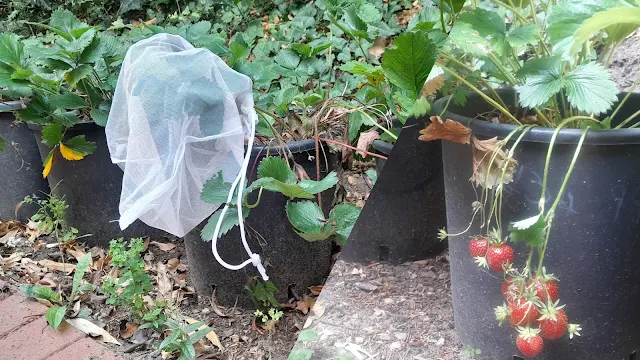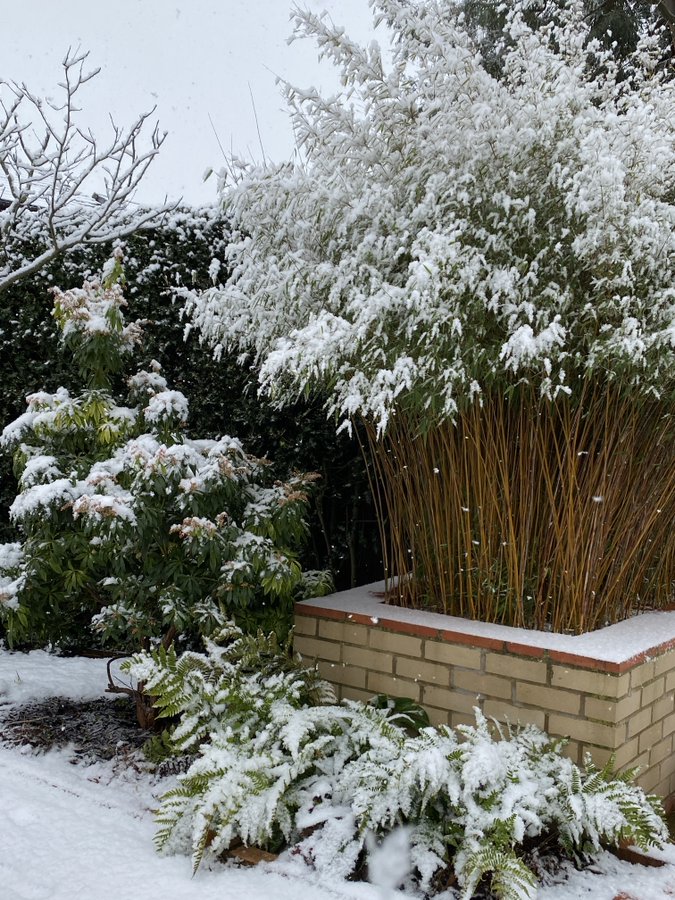The Philippines boasts a rich tapestry of cultural traditions, each thread woven with ingenuity, resilience, and a deep connection to nature. Among these threads lie the intricate art of Sawali weaving and the dynamic martial art of Arnis, seemingly disparate practices that share surprising connections.
CHECK OUT OUR YOUTUBE CHANNEL FOR MORE INFO - CLICK HERE
The Art of Sawali - From Bamboo Strips to Living Walls
Imagine homes that breathe, walls that whisper tales of sun and rain. This is the magic of Sawali, an age-old weaving technique that transforms humble bamboo strips into living walls.
Skilled artisans meticulously split and weave the bamboo, their hands guided by generations-old patterns. Each design, from the geometric precision of "banig" to the flowing artistry of "binanib", tells a story, reflecting regional traditions and the weaver's unique touch.
One such pattern, the captivating figure-eight, stands out for its elegance and complexity. Weaving it requires a masterful dance of the hands, manipulating the bamboo-like threads on a loom. This pattern, with its interwoven loops and continuous flow, embodies the very essence of Sawali - strength, flexibility, and an enduring connection to the natural world.
Roots of Arnis in Filipino History
But the story doesn't end at the walls. Look closer, and you'll see the echoes of Sawali in the lightning-fast movements of Arnis, the national martial art of the Philippines. Its origins lie in the pre-colonial era, where warriors honed their skills using indigenous weapons like sticks and blades.
The art form evolved, incorporating influences from various cultures, yet retaining its core principles of self-defence, discipline, and respect.
Arnis movements, like the figure-eight flourish, are imbued with symbolism and philosophy. The fluid rotations echo the weaver's hand, each strike a testament to years of practice and dedication. The art form transcends mere physical combat; it's a cultural expression, a dance of warrior spirit and unwavering focus.
Here are the latest articles on BAMBOO-STIC
Weaving Threads Together - Exploring the Interconnections
Delving deeper, we discover the fascinating parallels between Sawali and Arnis. Both are rooted in resourcefulness, transforming readily available materials – bamboo for the weaver, sticks for the fighter – into instruments of beauty and power. Both demand precision, discipline, and a deep understanding of rhythm and flow. And both, at their core, celebrate the Filipino spirit of resilience and adaptability.
he figure-eight pattern serves as a powerful symbol of this interconnectedness. It represents the cyclical nature of life, the constant ebb and flow of defence and offence, and the enduring strength found in unity. It's a testament to the Filipino people's ability to weave their history, culture, and fighting spirit into a vibrant tapestry that continues to inspire generations.
Contemporary artists and practitioners are actively exploring these connections. Weavers incorporate Arnis-inspired patterns into their work, while Arnisadors draw inspiration from the focus and discipline of the weaving process. These efforts ensure that the threads of Sawali and Arnis remain vibrant, reminding us of the rich cultural heritage that binds them together.
Connections Between Sawali Patterns and Arnis
In conclusion, Sawali and Arnis are not merely cultural practices; they are living testaments to the Filipino spirit. They whisper stories of resilience, resourcefulness, and a deep connection to nature. As we explore their interconnectedness, we gain a deeper appreciation for the enduring legacy of these traditions and the vibrant tapestry they weave into the fabric of Filipino identity.







